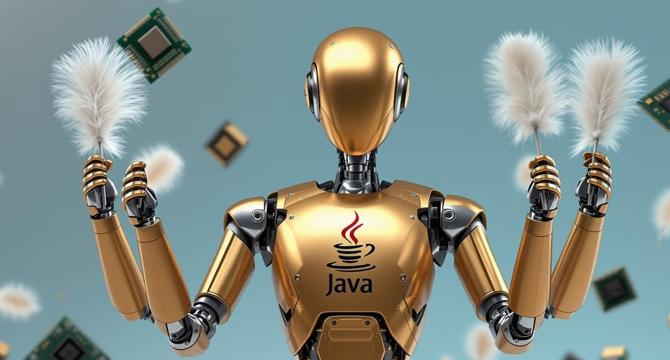Dev
4w
360

Image Credit: Dev
Clean your Memory: From Finalize to Cleaner
- Garbage collection in Java manages memory but does not clean up non-memory resources like sockets or file handles, leading to resource leaks and performance issues.
- Introduced in Java 9, the Cleaner API provides a modern mechanism for resource cleanup, addressing the limitations of the deprecated finalize() method.
- The finalize() method was deprecated due to unpredictable execution, performance overhead, memory leaks, and finalization queue mechanism issues.
- Java Reference classes include Strong, Weak, Soft, and Phantom References, managed based on the reachability concept.
- Cleaner, similar to Java Reference classes, is more efficient in managing external resources like files.
- The Cleaner internally uses a combination of PhantomReference and a background daemon thread for efficient resource cleanup.
- A comparison between Cleaner and try-with-resources reveals their differences in immediate vs. deferred cleanup timing and resource type considerations.
- It is recommended to use Cleaner judiciously and follow best practices to avoid issues with lambda capturing, concurrency, and delegation of cleaning actions.
- Java's Cleaner API offers a reliable way to manage non-memory resources efficiently, improving application performance and memory usage.
- Understanding when and how to utilize Cleaner can help developers build more robust and memory-efficient Java applications.
Read Full Article
21 Likes
For uninterrupted reading, download the app